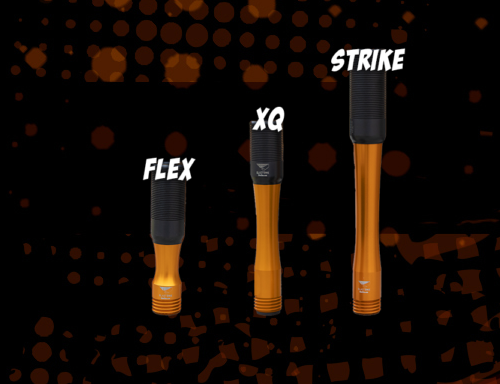Blast nozzles don’t last forever—and as they wear, their orifice size increases, air demand rises, and blasting efficiency drops. Replacing a nozzle too late can mean wasted fuel, inconsistent profiles, and reduced productivity. Our Nozzle Wear Estimator helps you predict nozzle lifespan based on abrasive type, operating pressure, nozzle material, and hours of use. With this tool, you can schedule replacements before performance suffers, keep air consumption in check, and maintain consistent results on every job.
Nozzle Wear Estimator
Estimator
Nozzle Wear Estimator
Predict usable life, wear %, and orifice growth from material, abrasive, and hours.
Inputs
Harder, sharper media like aluminum oxide wear nozzles fastest; steel shot is comparatively gentle.
Tip: many contractors replace a nozzle when it has worn roughly one size up, since air demand rises steeply.
Estimates
Baseline life (hrs)
350
Wear so far
28.6%
Remaining hours
250
Weeks left
8.3
Orifice growth
Estimated increase scales with wear fraction and abrasive category.
New diameter: 0.3750″
Est. current diameter: 0.3929″
Est. current diameter: 0.3929″
Air demand change
CFM scales ~with area; ratio ≈ (dworn/dnew)² at equal pressure.
Est. CFM increase: +9.8%
Planner:
If you add 200 upcoming hours, total wear reaches 85.7%,
likely replacement soon (≥85% of baseline life).
Estimates derive from commonly published manufacturer ranges and practical heuristics. Actual life varies with
pressure, alignment, moisture, hose geometry, and media consistency. Inspect nozzles regularly, gauge orifice
growth every ~50 hours, and keep spares on hand for critical work.
Baseline life examples often cited: Tungsten Carbide ≈300–400 hrs on slag, ≈20–40 hrs on aluminum oxide; Boron Carbide ≈5–10× tungsten; SiAlON similar order to tungsten; Alumina Ceramic tens of hours; ROCTEC often exceeds boron. Contractors commonly replace when a #6 trends toward #7 due to ~40% higher air demand for that jump.
How it works: Baseline service life uses mid-range values from commonly published manufacturer charts
for nozzle liner materials across abrasives. Wear % is modeled linearly versus hours.
Orifice growth scales with wear fraction and abrasive category. Air demand change assumes equal pressure and that CFM
scales to nozzle area, which is a practical field approximation.
 My Account
My Account





